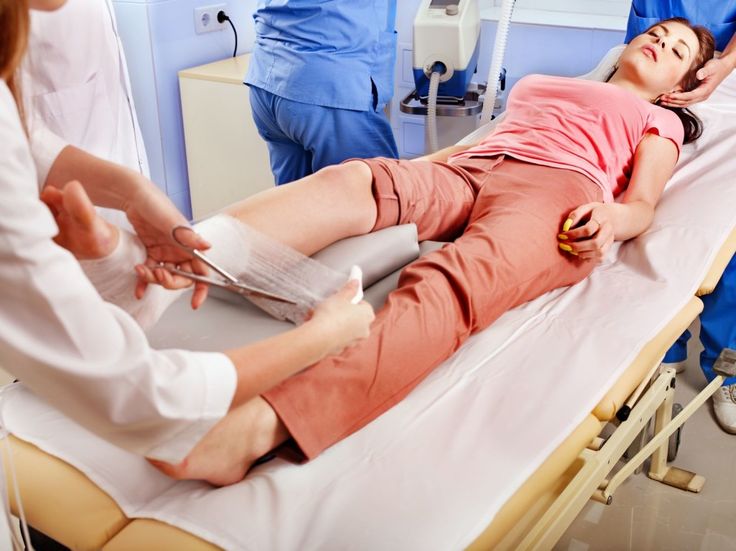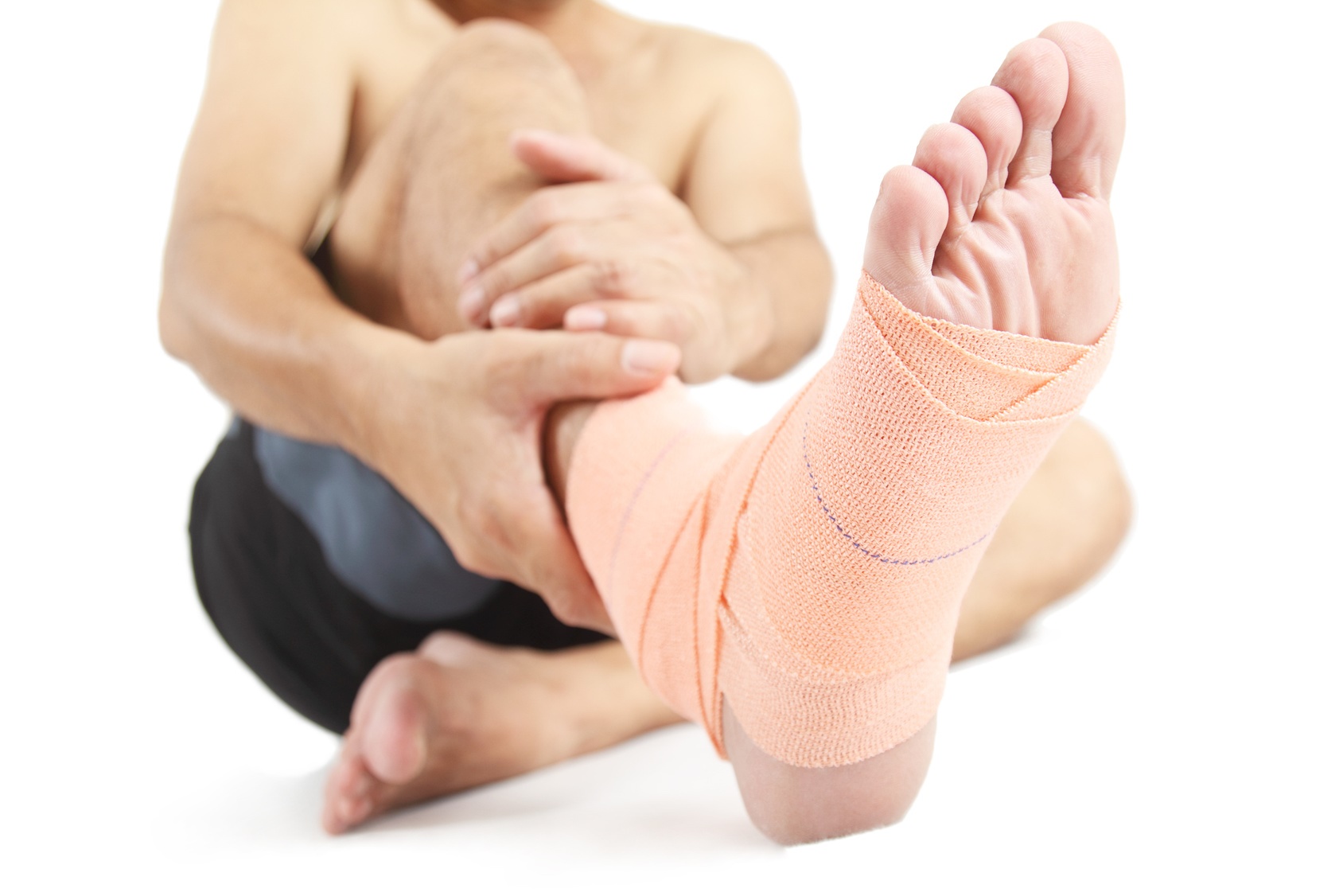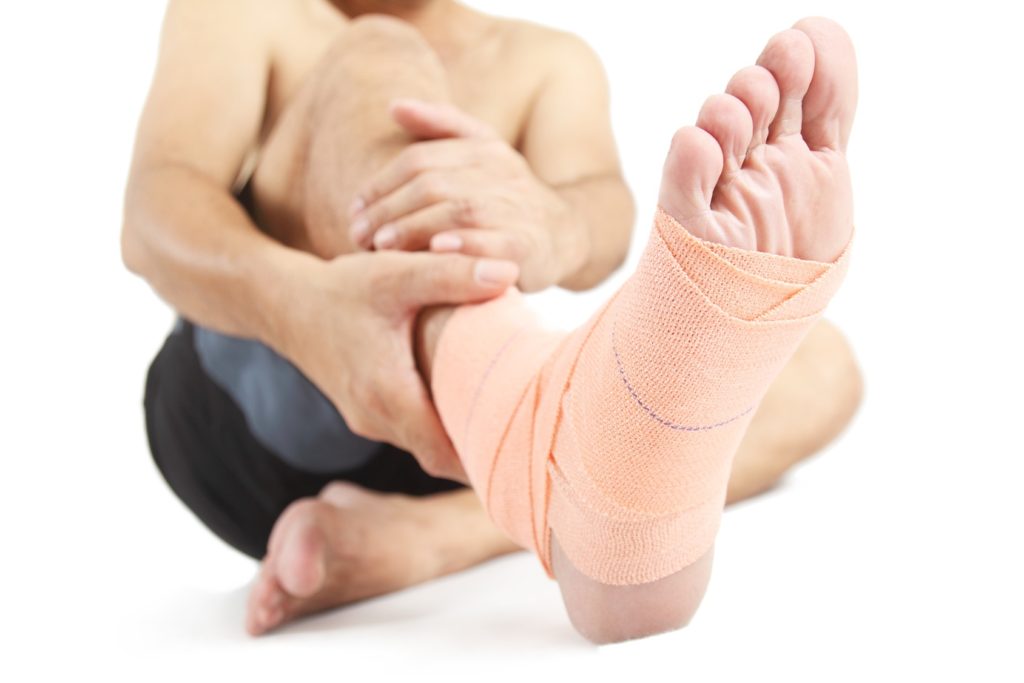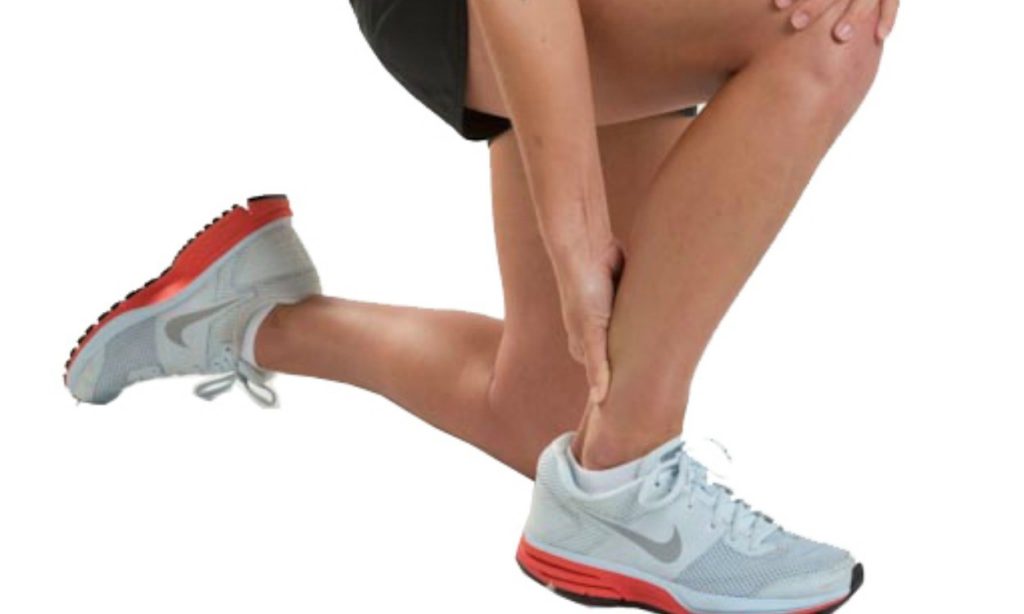What is the Achilles tendon?
The Achilles tendon is commonly referred to as the ‘heel cord’ and is the thick strap that can be felt running down the back of the calf into the heel. The large muscles that make up the calf (gastrocnemius and soleus) attach to the Achilles tendon and make it work.
When the Achilles tendon pulls on the heel it makes us go up on tiptoe or pushes us forwards when walking or running. So, if this tendon is not working it is difficult to walk and the ankle feels weak.
Tendinosis
Tendinosis (sometimes tendonitis, depending on whether inflammation is involved in degeneration) is the combination of degenerative and repair processes in the tendon. Tendinosis develops gradually as the Achilles tendon and the heel become painful and a swelling may develop in or around the tendon. When the pain and swelling first appears, most people attend physiotherapy and it generally improves.
However, if the pain continues to progress or not subside at all, then this is when you should get a referral and book an appointment with us. If Tendinosis is not treated, it can make even walking incredibly painful. If you are experiencing major problems, which interfere with your lifestyle, an operation may be the best course of action.
The Surgery
Issue: Inflammation around the tendon (tenosynovitis) but the tendon itself is reasonably healthy.
Procedure: Stripping out the inflamed tendon lining often gives good results. This can often be done telescopically with only small cuts in the skin.
Issue: The tendon itself is damaged (more common).
Procedure: Surgery would involve a bigger cut to remove the degenerate tendon and repair the remaining tendon. If the degenerate area is localised this can give quite good results.
Issue: often degeneration has affected quite a lot of the tendon and removing it all may leave quite a large gap in the tendon. This may need a major operation to repair.
Procedure: A big repair usually needs tendon borrowed from somewhere else, either higher up the Achilles tendon or from another tendon. Sometimes, if the pain is located near where the tendon joins onto bone at the heel, a small piece of bone and other tissue may need to be removed as well. This to remove pressure off the tendon so that it can heal properly.
Note: The operation is almost always done under general anaesthetic (asleep). The operation can be performed using a local anaesthetic (not nearly as frequent as general), however, may not always work, resulting in general anyway. The anaesthetist ultimately decides the best choice of anaesthetic for you.
[ezcol_1half]
Post Op
On the Ward
- A heavy bandage or plaster splint (half-plasters allow for swelling) is put down the back of your ankle and under your foot while you are asleep.
Discharged from hospital
- You will be provided with crutches and a hospital physiotherapist will teach you how to use these.
Once home
- Do NOT wet or remove the plaster.
- It is very important that the leg remains elevated most of the time in the first 2 weeks – rest is key to your recovery.
[/ezcol_1half_end]
Recovery
It is normal to expect:
- Swelling – this can be minimised by elevating your foot above your heart; icing the foot can also help to reduce swelling.
- Pain – You will receive a prescription for pain medication on discharge from the hospital. Pain can also be minimised by elevating your leg.
- Bleeding – This is something everyone will experience. You may notice some oozing through the bandages, this is normal.
Do not put any weight on your leg for the first 2 weeks!
After 12-14 days, you’ll have a follow-up appointment at Dr Sterling’s rooms, where your plaster will be removed and the wound inspected. A walking boot (more commonly known as ‘moon boot’) will typically be applied in place of the half-plaster.
Your rehabilitation will be customised from here but may involve a further period of immobilisation or early physiotherapy. Dr Sterling will advise you at this appointment. You will be seen regularly after this to ensure that the tendon is healing and that physiotherapy is improving the situation.
When can you…
Go back to work?
Desk job: If your ankle is comfortable and you can sit with your foot up most of the time, you could go back to work within a few weeks of surgery.Heavy labour-intensive job: You may need two or three months off work or longer!
Where your job sits between the two extremes will be your estimate of when you can return to work.
Drive?
If you drive a manual or have your right foot operated on…you’ll have to wait until your ankle is strong and flexible enough to work the pedals. This usually takes between 6-8 weeks after surgery. You do not want to rush this; you could endanger yourself in traffic or emergency situations if you drive too soon. Start driving gradually, take short trips to gauge how your ankle is performing and build up from there.
If you drive an automatic and your left foot is operated on, then you can drive within a couple days of the surgery (make sure your foot is comfortable enough).
Play Sport?
You can gradually increase your level of activity under the guidance of your physiotherapist. Everyone recovers a different pace and will be able to participate in low-impact non-contact sports at varying times. However, it will take 9-12 months (at least!) for a person to return to sports such as football or rugby.







